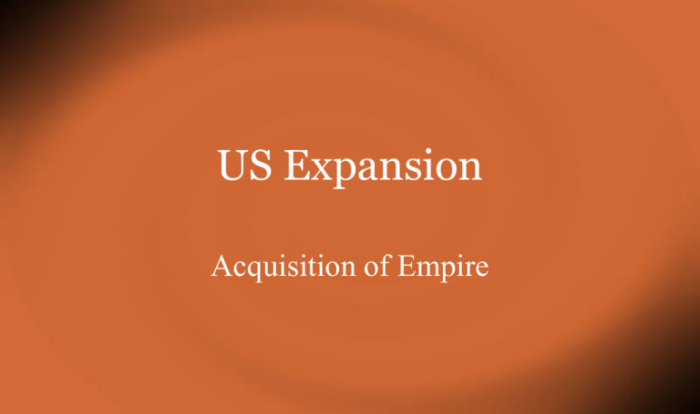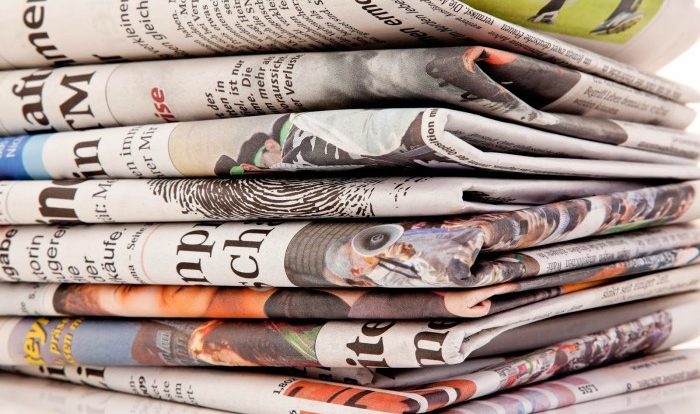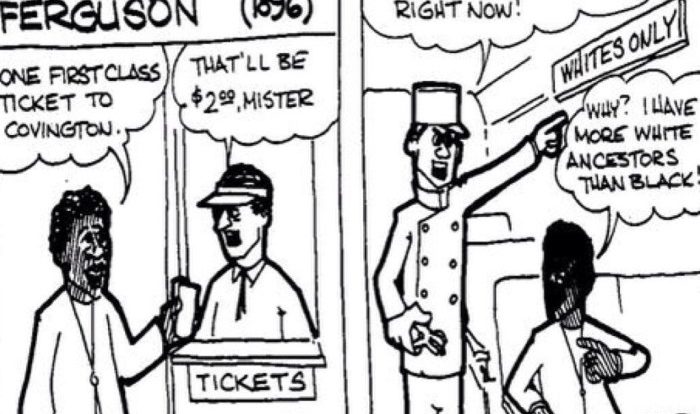Attack on Pearl Harbor Worksheet: An In-Depth Exploration of the Infamous Event delves into the intricacies of the historical turning point that shaped the course of World War II. This comprehensive resource provides a thorough examination of the planning, execution, impact, and legacy of the attack on Pearl Harbor, offering a multifaceted perspective on one of the most significant events in American history.
Through a meticulous analysis of primary and secondary sources, this worksheet unravels the complexities of the attack, exploring the political tensions, diplomatic negotiations, and military strategies that culminated in the devastating assault. It sheds light on the immediate and long-term consequences of the attack, including its role in the United States’ entry into World War II and its profound impact on global affairs.
Pearl Harbor Attack Background
The attack on Pearl Harbor, a United States naval base in Hawaii, on December 7, 1941, was a pivotal event that led to the entry of the United States into World War II.
Tensions between Japan and the United States had been escalating in the years leading up to the attack. Japan had invaded Manchuria in 1931 and established a puppet government there. In 1937, Japan launched a full-scale invasion of China, which resulted in the deaths of millions of Chinese civilians.
Political Tensions, Attack on pearl harbor worksheet
The United States condemned Japan’s aggression and imposed economic sanctions on the country. Japan responded by withdrawing from the League of Nations and aligning itself with Nazi Germany and Fascist Italy.
Diplomatic Negotiations
In the months leading up to the attack on Pearl Harbor, Japan and the United States engaged in diplomatic negotiations in an attempt to resolve their differences. However, these negotiations ultimately failed, and Japan decided to launch a surprise attack on Pearl Harbor in order to cripple the United States Pacific Fleet and prevent the United States from intervening in its plans to expand its empire in Asia.
Planning and Execution of the Attack
The Japanese military meticulously planned and prepared for the attack on Pearl Harbor for months. They conducted extensive reconnaissance missions and gathered intelligence on the American naval base. They also developed innovative tactics and strategies to ensure the success of their attack.
Composition of the Japanese Task Force
The Japanese task force that attacked Pearl Harbor consisted of six aircraft carriers, two battleships, two heavy cruisers, nine destroyers, and five submarines. The aircraft carriers carried a total of 441 aircraft, including fighters, bombers, and torpedo bombers.
Tactics and Strategies
The Japanese employed several innovative tactics and strategies during the attack on Pearl Harbor. They used a two-wave attack to overwhelm the American defenses. The first wave consisted of torpedo bombers and dive bombers that attacked the American battleships and aircraft carriers.
The second wave consisted of fighters that strafed the American airfields and provided cover for the bombers.
The Japanese also used a variety of deception tactics to confuse the Americans. They launched their attack on a Sunday morning, when the Americans were least expecting it. They also used radio silence to prevent the Americans from detecting their approach.
Impact and Aftermath of the Attack
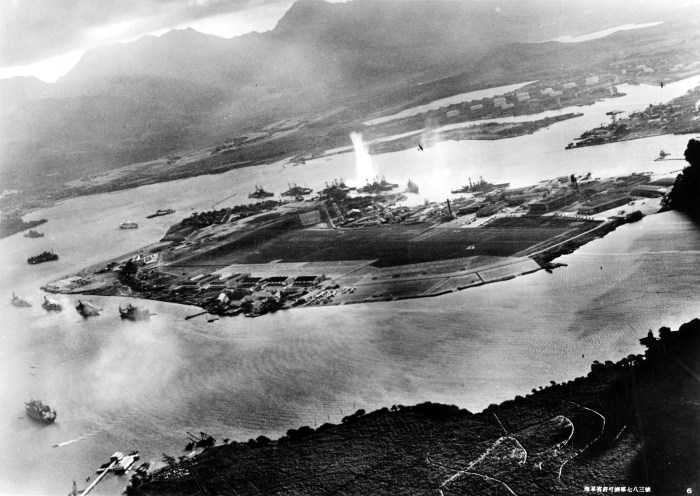
The attack on Pearl Harbor had a profound and far-reaching impact on the United States. The immediate aftermath of the attack was characterized by shock, outrage, and a sense of national unity. The long-term consequences of the attack included the United States’ entry into World War II, the development of new military technologies, and a shift in global power dynamics.
Immediate Impact
- The attack resulted in the deaths of 2,403 Americans, including 1,177 sailors, 218 soldiers, 109 Marines, and 68 civilians.
- The attack destroyed or damaged 19 US Navy ships, including eight battleships, three cruisers, three destroyers, and five submarines.
- The attack also destroyed or damaged 188 US aircraft.
Long-Term Consequences
- The attack on Pearl Harbor led to the United States’ entry into World War II.
- The attack also led to the development of new military technologies, such as radar and sonar.
- The attack shifted the global power dynamics, as the United States emerged as a major military power.
Diplomatic and Political Fallout
- The attack on Pearl Harbor led to a diplomatic and political crisis between the United States and Japan.
- The United States declared war on Japan the day after the attack.
- The attack also led to the formation of the United Nations, which was created to prevent future wars.
Historical Significance and Legacy
The attack on Pearl Harbor marked a pivotal moment in World War II, profoundly altering its course and global impact. It thrust the United States into the conflict and galvanized public opinion against the Axis powers.
Turning Point in World War II
The attack precipitated the United States’ entry into World War II, dramatically escalating the conflict. It solidified the alliance between the Allies and catalyzed a surge in American military mobilization. The war became a truly global affair, with the United States playing a central role in defeating the Axis.
Legacy and Cultural Relevance
The attack on Pearl Harbor remains a potent symbol of military aggression and national resilience. It continues to be commemorated and studied, serving as a reminder of the devastating consequences of war and the importance of vigilance in the face of threats to national security.
Primary and Secondary Sources
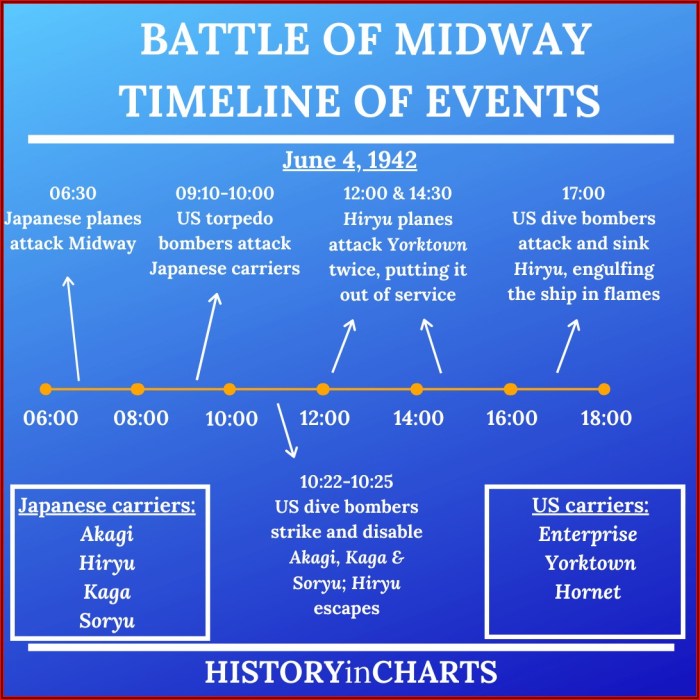
Understanding the attack on Pearl Harbor requires examining both primary and secondary sources. Primary sources provide firsthand accounts, offering valuable insights into the event. Secondary sources analyze and interpret these accounts, providing broader perspectives and historical context.
Primary Sources
- Eyewitness Accounts:Firsthand testimonies from survivors, witnesses, and participants provide vivid descriptions of the attack and its immediate aftermath.
- Official Reports:Military and government reports document the planning, execution, and impact of the attack, offering detailed factual information.
- Personal Letters and Diaries:Private correspondence and personal accounts capture the emotional experiences and reactions of individuals during the attack.
Importance of Primary Sources
Primary sources are crucial for understanding the event’s immediacy and authenticity. They provide unfiltered accounts, allowing historians to reconstruct the attack’s timeline, identify key players, and assess the motivations and decisions made.
Secondary Sources
- Historical Analyses:Scholars and historians analyze primary sources to provide interpretations, identify patterns, and draw conclusions about the attack’s causes, consequences, and significance.
- Documentaries and Films:These media present the attack’s narrative through a combination of primary sources, interviews, and historical analysis.
- Educational Resources:Textbooks, articles, and online materials synthesize historical research and provide accessible summaries of the attack for students and the general public.
Role of Secondary Sources
Secondary sources offer valuable context and analysis, helping us understand the attack’s broader historical implications. They provide insights into the geopolitical factors, technological advancements, and cultural attitudes that shaped the event.
Historical Perspectives and Interpretations: Attack On Pearl Harbor Worksheet
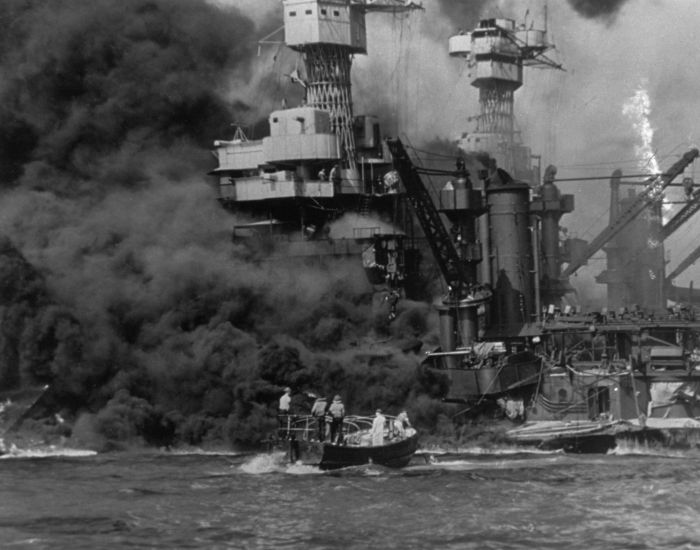
The attack on Pearl Harbor has been the subject of numerous historical perspectives, shaped by the vantage points of different nations involved and the evolving interpretations over time. These perspectives have significantly influenced our understanding of the event and its consequences.
United States Perspective
The United States perspective initially emphasized the surprise and treachery of the attack, portraying it as an unprovoked act of aggression by Japan. This view justified the country’s entry into World War II and fueled a sense of national unity and resolve.
Japanese Perspective
The Japanese perspective, in contrast, highlighted the geopolitical and economic factors that led to the attack. They argued that the United States’ embargoes and support for China had left Japan with few options but to strike preemptively to secure its interests in Asia.
Other Perspectives
Other involved nations, such as Great Britain and the Soviet Union, also had their own interpretations. Britain saw the attack as a blow to its colonial empire in the Pacific, while the Soviet Union viewed it as a potential distraction from its own conflict with Nazi Germany.
Historiographical Debates
Over time, historiographical debates have emerged surrounding the attack on Pearl Harbor, including:
- The extent of US foreknowledge of the attack
- The role of American racism and imperialism in provoking Japan
- The impact of the attack on the course of World War II
Memorialization and Commemoration
The attack on Pearl Harbor has been extensively memorialized and commemorated through various memorials and commemorative events. These memorials serve as a way to preserve the memory of the event, honor the victims, and shape public understanding of the attack.
The USS Arizona Memorial
The USS Arizona Memorial is one of the most well-known memorials dedicated to the Pearl Harbor attack. It is located on the site of the sunken battleship USS Arizona and serves as a resting place for the 1,177 sailors and Marines who perished in the attack.
The memorial features a large white marble structure that spans the sunken ship, with a walkway allowing visitors to walk over the wreckage and view the remains of the ship.
Pearl Harbor National Memorial
The Pearl Harbor National Memorial is a visitor center and museum that tells the story of the attack on Pearl Harbor. It features exhibits on the events leading up to the attack, the attack itself, and its aftermath. The memorial also includes a theater that shows a film about the attack, as well as a memorial wall with the names of all those who were killed.
USS Oklahoma Memorial
The USS Oklahoma Memorial is a memorial to the 429 sailors and Marines who died aboard the battleship USS Oklahoma during the attack on Pearl Harbor. The memorial is located on the site of the sunken ship and features a large bronze statue of a sailor standing at attention.
The memorial also includes a wall with the names of all those who died aboard the ship.
USS Utah Memorial
The USS Utah Memorial is a memorial to the 58 sailors and Marines who died aboard the battleship USS Utah during the attack on Pearl Harbor. The memorial is located on the site of the sunken ship and features a large bronze statue of a sailor standing at attention.
The memorial also includes a wall with the names of all those who died aboard the ship.
Significance of Memorials
These memorials and commemorative events play a crucial role in preserving the memory of the attack on Pearl Harbor and honoring its victims. They provide a place for people to reflect on the events of that day, learn about its history, and pay their respects to those who lost their lives.
The memorials also help to shape public understanding of the attack, ensuring that it is not forgotten and that its lessons are learned.
FAQ Summary
What were the primary objectives of the Japanese attack on Pearl Harbor?
The primary objectives of the Japanese attack on Pearl Harbor were to neutralize the U.S. Pacific Fleet, destroy American aircraft carriers, and cripple the U.S. naval base, thereby preventing the United States from interfering with Japan’s planned expansion in Southeast Asia.
What was the significance of the attack on Pearl Harbor in the context of World War II?
The attack on Pearl Harbor marked a turning point in World War II, bringing the United States into the conflict and galvanizing American public opinion against Japan. It also demonstrated the vulnerability of U.S. military installations to air attack and led to a significant shift in American foreign policy.
How did the attack on Pearl Harbor impact the course of the war in the Pacific?
The attack on Pearl Harbor crippled the U.S. Pacific Fleet and gave Japan temporary control of the western Pacific. However, it also led to the United States’ entry into the war and the eventual defeat of Japan. The attack also spurred the development of new American military strategies and technologies, including the Manhattan Project.
